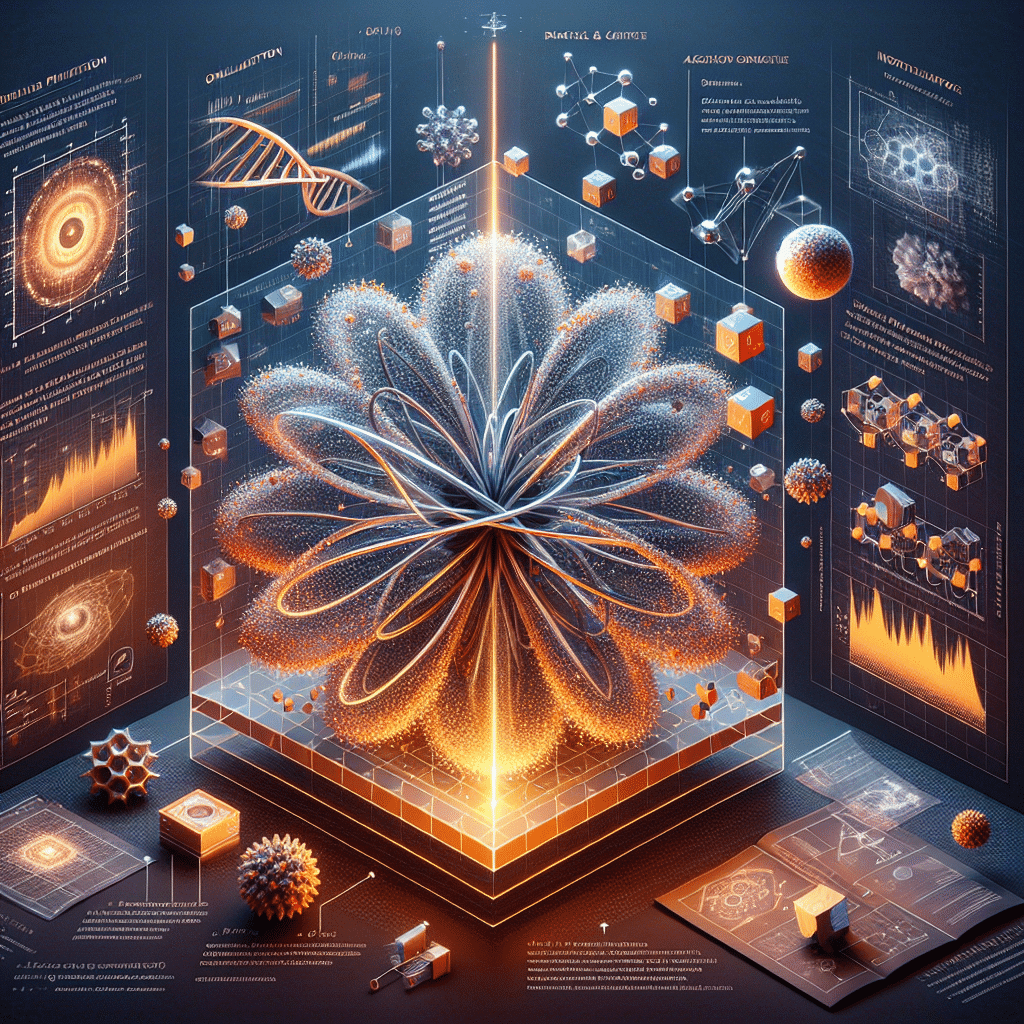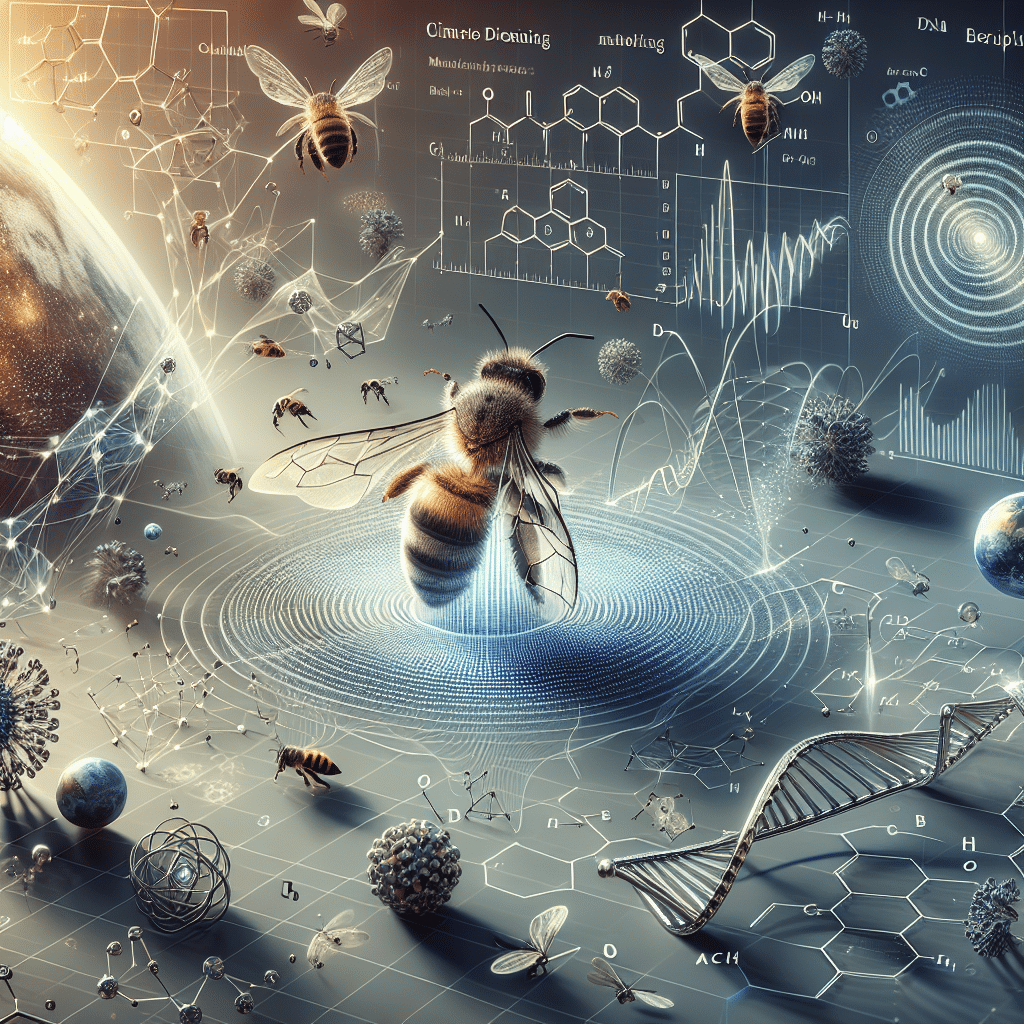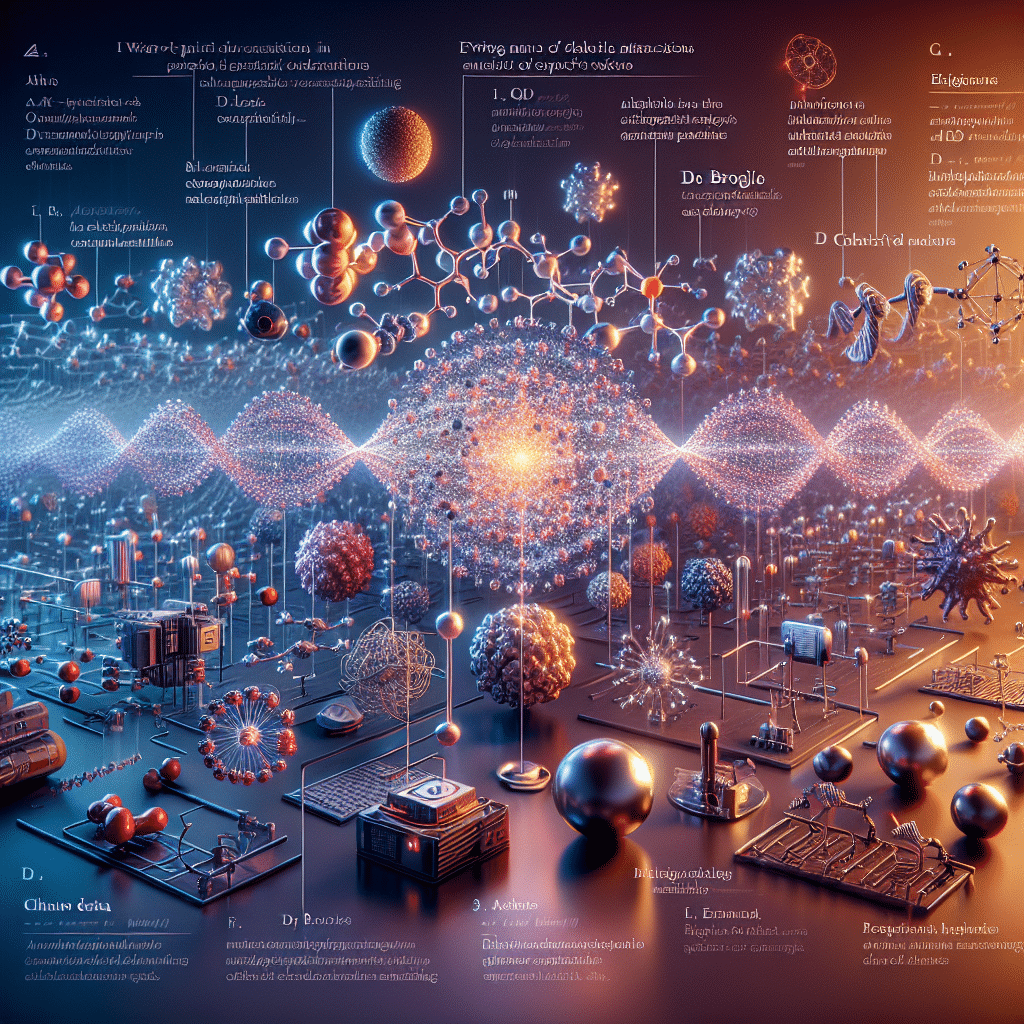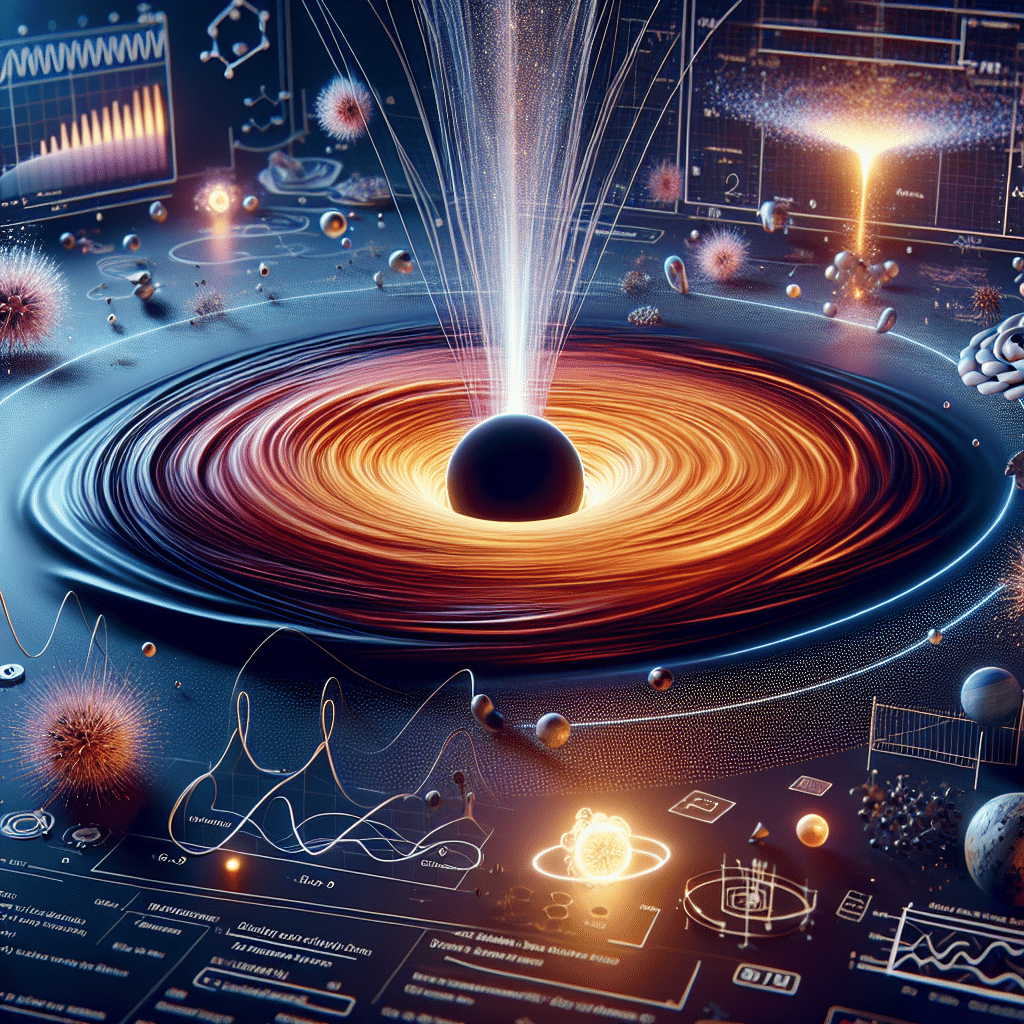Bee Theory: A Wave-Based Path to Unified Physics
The quest for a unified theory of physics has long driven scientific inquiry, inspiring efforts to bridge the gap between quantum mechanics and general relativity. Bee Theory, with its wave-based approach, offers a revolutionary perspective that may lead to the long-sought unification of fundamental forces. By reimagining gravity, matter, and universal interactions as manifestations of overlapping wave functions, Bee Theory challenges conventional models and paves the way for a cohesive understanding of the universe.
This page explores how Bee Theory acts as a gateway to unified physics, examining its implications for quantum mechanics, relativity, and the broader scientific landscape.
The Need for a Unified Physics
The Challenges of Modern Physics
Contemporary physics is divided into two dominant frameworks:
- Quantum Mechanics: Describes the behavior of particles at atomic and subatomic scales.
- General Relativity: Explains gravity as the curvature of spacetime caused by mass and energy.
Despite their success in their respective domains, these theories are fundamentally incompatible. Quantum mechanics operates in a probabilistic, discrete framework, while general relativity relies on smooth, continuous spacetime geometry. This disconnect poses a major obstacle to understanding phenomena like black holes, where both quantum and relativistic effects are significant.


Unified Physics: The Holy Grail
A unified theory seeks to reconcile these frameworks into a single model, explaining all forces and interactions as aspects of a universal principle. While string theory and loop quantum gravity have attempted this unification, their complexity and lack of experimental evidence have left room for alternative approaches. Bee Theory offers a simpler, more intuitive path to unification, grounded in the universal behavior of waves.
The Core Principles of Bee Theory
Wave-Based Framework
At its heart, Bee Theory proposes that all fundamental forces and interactions are best described as wave phenomena. Instead of discrete particles mediating forces (e.g., gravitons for gravity), Bee Theory views these forces as emergent properties of wave interference.
Unified Forces Through Waves
Bee Theory suggests that:
- Gravity: Emerges from the constructive and destructive interference of wave functions in spacetime.
- Electromagnetism: Reflects the oscillations of charged particle waves interacting with electromagnetic fields.
- Quantum Mechanics: Describes particles as localized peaks in probability waves.
- Dark Matter and Dark Energy: Arise from large-scale wave patterns that affect spacetime and gravitational fields.
This wave-centric model provides a consistent framework that naturally integrates these forces without introducing hypothetical particles or additional dimensions.
How Bee Theory Bridges Quantum Mechanics and Relativity
Unifying Spacetime and Probability
Bee Theory offers a novel interpretation of spacetime, treating it as a dynamic wave field where quantum probabilities and relativistic geometries coexist:
- Wave Modulations in Spacetime: Gravity is not a distortion of spacetime but the result of overlapping wave patterns that create attractive forces.
- Localized Wave Peaks: Particles like electrons and protons are modeled as concentrated wave functions, seamlessly connecting quantum behavior to macroscopic effects.
Resolving Incompatibilities
Traditional physics struggles with:
- Singularities: Points like the center of a black hole where current equations break down.
- Quantum Gravity: The need to quantize spacetime to reconcile it with particle physics.
Bee Theory avoids these pitfalls by eliminating the need for singularities and treating spacetime as inherently wave-like. Its equations describe smooth transitions between quantum and relativistic scales, offering a unified mathematical model.



